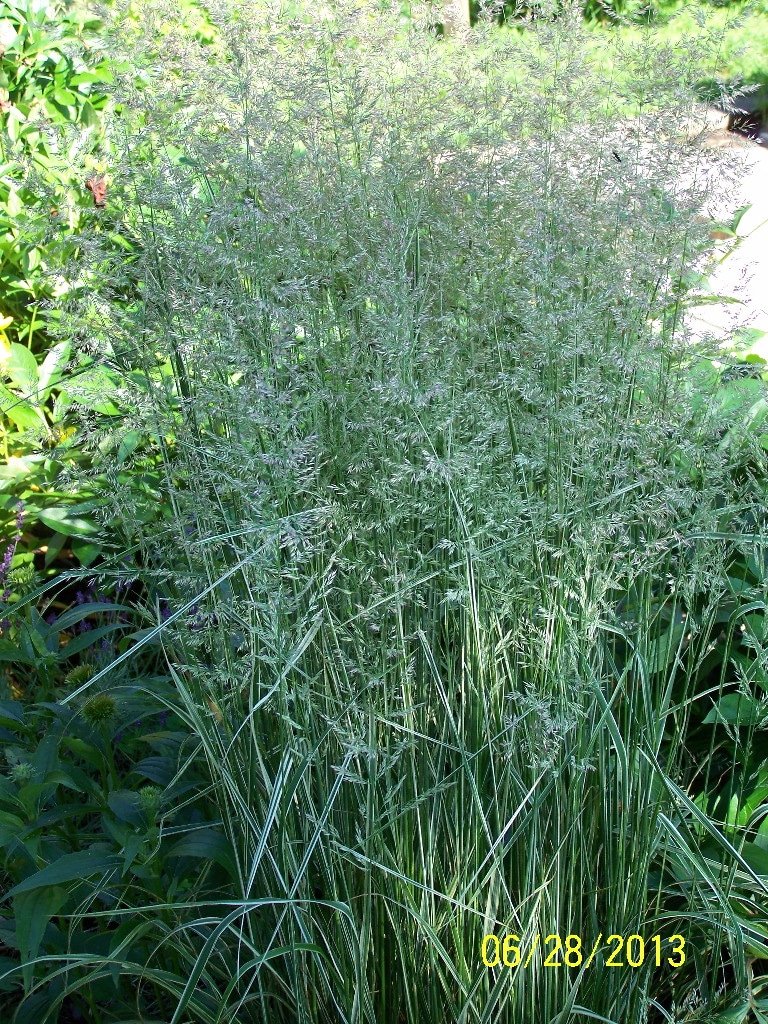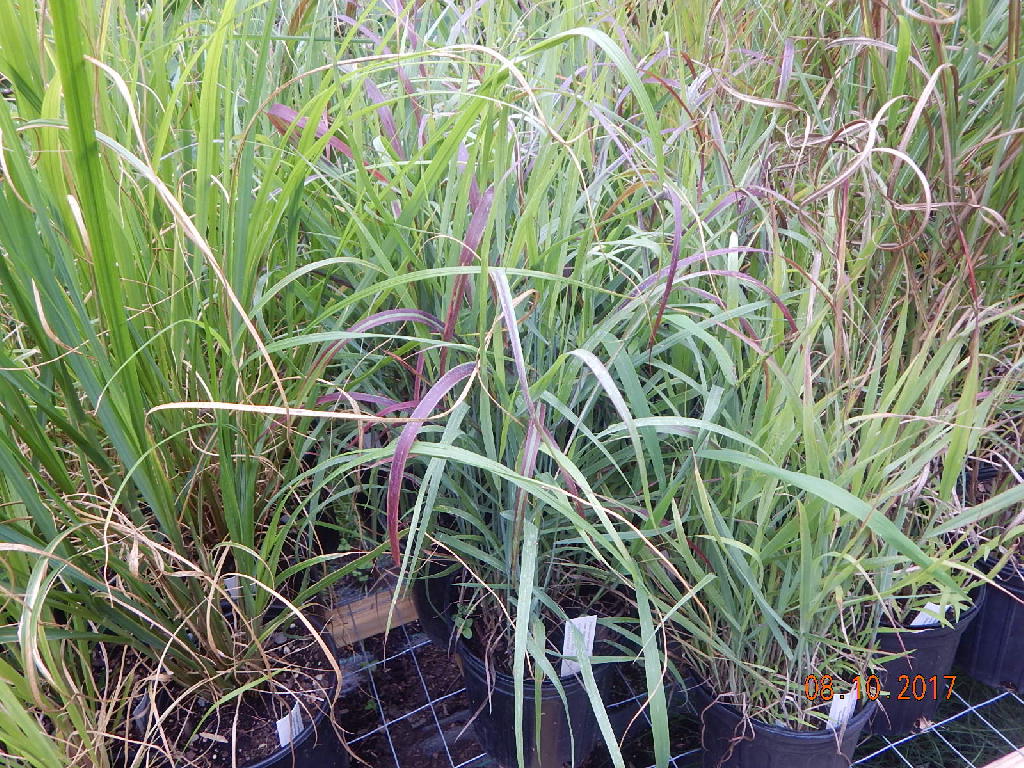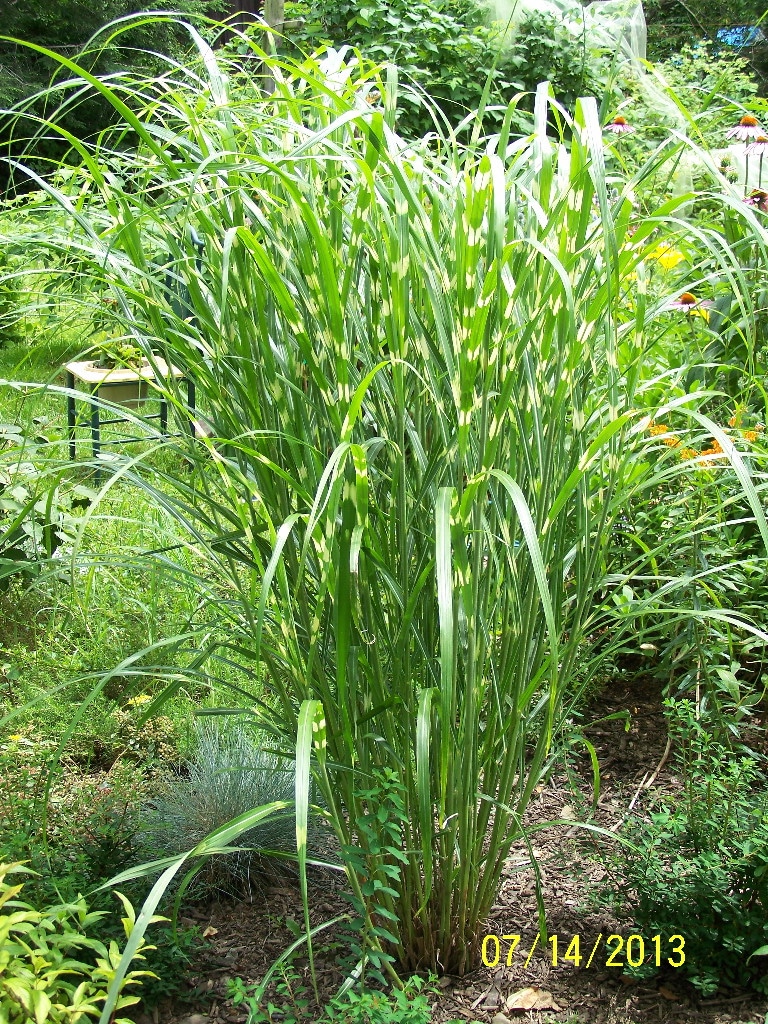Beautiful, graceful ornamental grasses aren’t for your mower
Ornamental Grasses
Ornamental Grasses add a multi-seasonal accent to your landscape. They come in a wide variety of sizes and shapes. Some are small and mounding while others are tall. There is one just right for you.
They come in different sizes, shapes, colors, and styles. They can be used as specimen plantings, edging, backdrops or group plantings. Most are a shade of green while growing, usually changing to a shade of brown late in the year.
During the summer months, the taller varieties especially, breezes can make them dance. They can be left standing through the winter, giving some winter design interest. Some can withstand heavy snowfall even.
Cutting them down to a few inches in late winter or early spring gives the new growth a better start. They can be cut off earlier if they get damaged by snowfall.
Basically there are two groups of grasses, based on when they start their growing cycle. There are cool-season grasses and warm-season grasses.
Cool Season Grasses
Cool-season grasses, as their name suggests, start growing early in the year. New growth starts to appear sometimes right after the last frost in the spring. Once it gets warm enough in the spring, these grasses grow rapidly.
They are usually done growing by late spring and start to grow their seedheads or flower heads. Once the summer temperatures arrive, they take a rest and won’t add any growth until it cools down in the fall.
Warm Season Grasses
Warm-season grasses, on the other hand, start growing later in the spring when the temperatures are warm and the flowers are blooming. They are slower growing and usually take most of the summer to grow to full size.
Seedheads usually appear in late summer or early in the fall. Most of these grasses are the taller varieties with the tall seedheads.
What Grows Here
We currently grow several ornamental grasses throughout our yard. Some are still maturing but still show their features. Most grasses add to their size by enlarging their clump size gradually.
There are a few that spread out by underground rooting rhizomes and they can be intrusive if planted in an undesired location. Most seedheads are sterile, but a couple can produce viable seeds and should be removed before fully ripening and scattering.
If you don’t get them removed, you may wind up with extra weeding to do in your beds or some tougher textured grass to mow. They are grass seeds after all.
Some of the Ornamental Grasses we may have available here are:
Karl Foerster Feather Reed

Karl Foerster Feather Reed
Calamagrostis x acutiflora ‘Karl Foerster’
3 to 4 feet high and 1 to 2 feet wide
Full sun
Cool-season grass
A narrow clump of fine green leaves topped with long, narrow, sterile seedheads. Once summer arrives, stalks brown up.
Overdam Feather Reed

Overdam Feather Reed Grass
Calamagrostis acutiflora ‘Overdam’
2 to 4 feet high and 1 to 2 feet wide
Full sun
Cool-season grass
A narrow clump of fine green leaves with white edges giving them the look of variegated leaves. Topped off with long narrow sterile seedheads.
Shenandoah Switch (Native)

Shenandoah Switch
Panicum virgatum ‘Shenandoah’
2 to 3 feet high and 1 to 2 feet wide
Full sun/partial shade
Warm season grass
Dark green blades grow in a thick clump with dark purple tips. As fall approaches, fine airy seedheads appear over the reddish-purple accented blades. The top half of the blades turn a deep reddish-purple.
Elijah Blue Fescue

Elijah Blue Fescue
Festuca glauca ‘Elijah Blue’
8 to 12 inches high and 12 to 18 inches wide
Full sun
Cool-season grass
A fine-textured mound of blue-green round leaves of grass. Remove seedheads to prevent seeding.
Zebra

Zebra
Miscanthus sinensis ‘Zebrinus’
5 to 7 feet high and 3 to 4 feet wide
Full sun
Warm season grass
Large, wide, yellow-banded green leaves. Off-white seedheads appear in early fall.
Maiden

Maiden
Miscanthus sinensis ‘Gracillimus’
4 to 6 feet high and 3 to 4 feet wide
Full sun
Warm season grass
A tall, wide mound of thin green leaves. Large white seedheads appear in late summer.
Sweetflag

Sweetflag
Acorus gramineus ‘Oborozuki’
6 to 12 inches high and 6 to 12 inches wide
Full sun
Technically not a grass, but is grass-like in appearance. Dark green blades are striped with golden yellow. Wants and thrives in wet locations, even shallow water. Ideal for wet or bog areas or along water’s edge.
